In 2012, Thomas Davenport and DJ Patil outlined a budding career choice called “data science” where people, with a combination of programming and statistics, made sense of “big” datasets. For Harvard Business Review, Davenport and Patil revisit the career ten years later:
A decade later, the job is more in demand than ever with employers and recruiters. AI is increasingly popular in business, and companies of all sizes and locations feel they need data scientists to develop AI models. By 2019, postings for data scientists on Indeed had risen by 256%, and the U.S. Bureau of Labor Statistics, predicts data science will see more growth than almost any other field between now and 2029. The sought-after job is generally paid quite well; the median salary for an experienced data scientist in California is approaching $200,000.
So data science is looking pretty strong.
At the time of their first article, I was writing my dissertation and finishing my PhD in statistics. I wondered what I was going to do after. Statisticians, including me, were resistant to data science, or at the least had mixed feelings about it. They felt they were already doing it, so there was no need for a new field of study. Plus, statistician was already declared the “sexy” job of the decade three years prior. We still had time left.
I don’t hear those arguments anymore. There were overlapping skills to start, and the overlap seemed to increase over time. The label seemed to grow less important, as statisticians became data scientists and data scientists learned more analysis.
When people ask me what I do, I don’t say that I’m a statistician. I just say I help interpret data, and if I’m pressed, I say that I make a lot of charts.

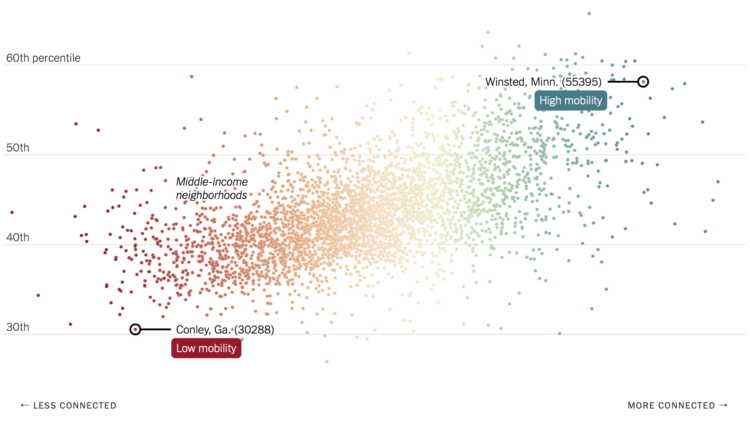
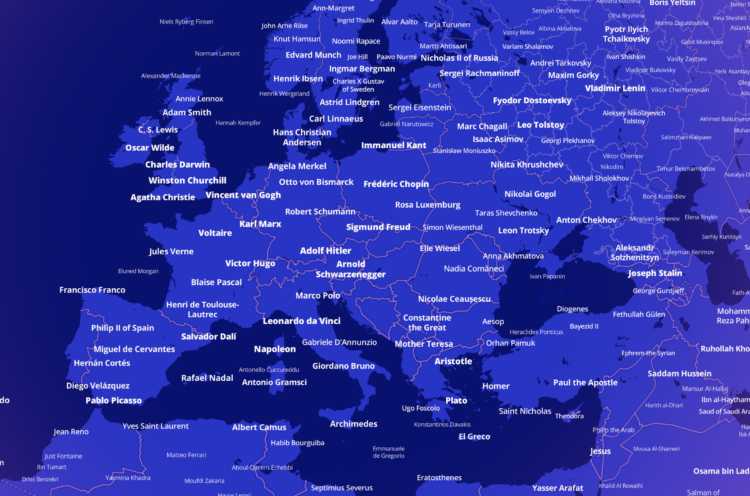

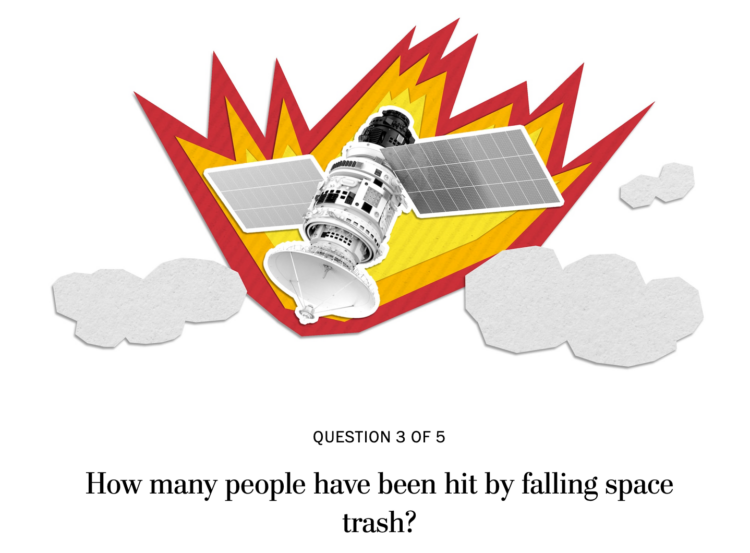
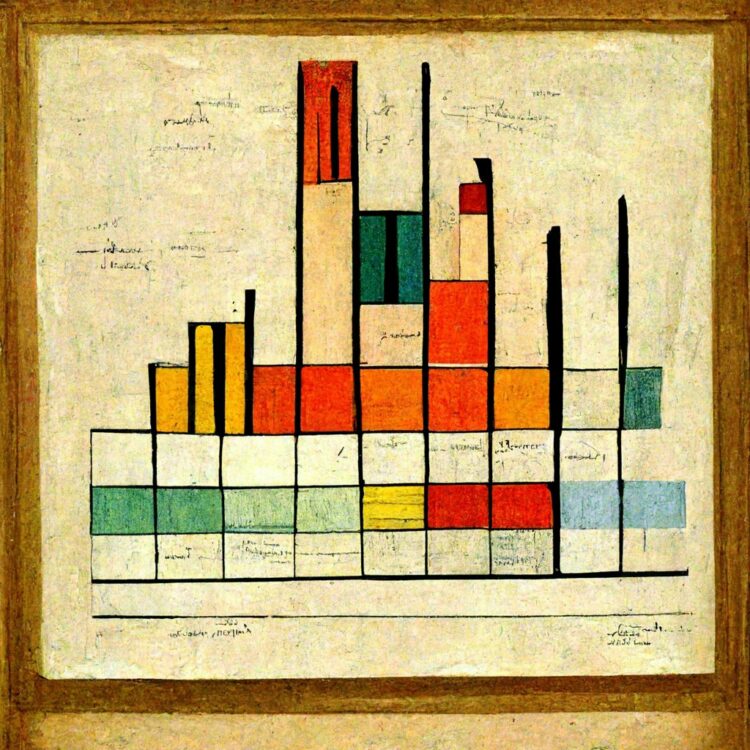

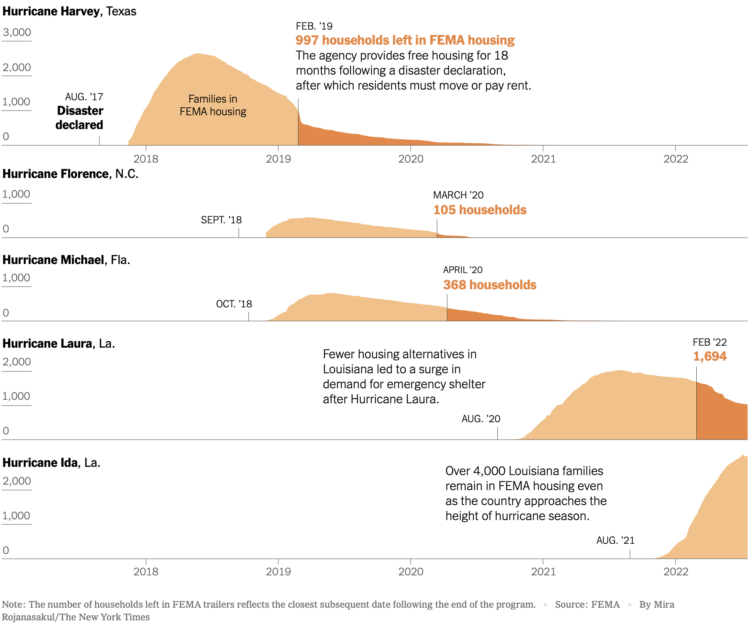


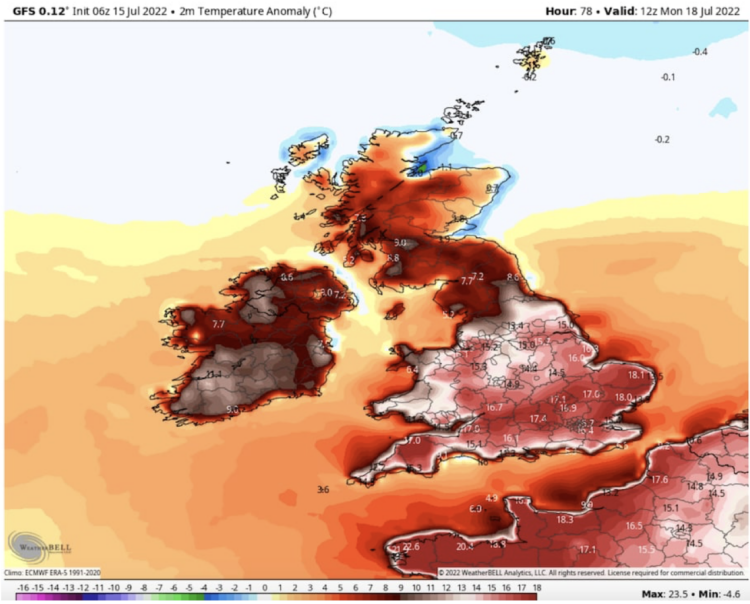


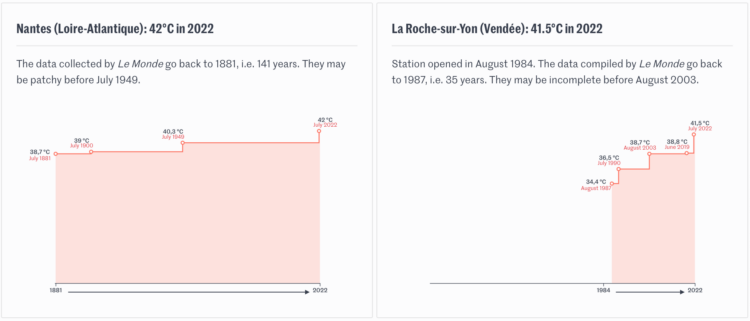


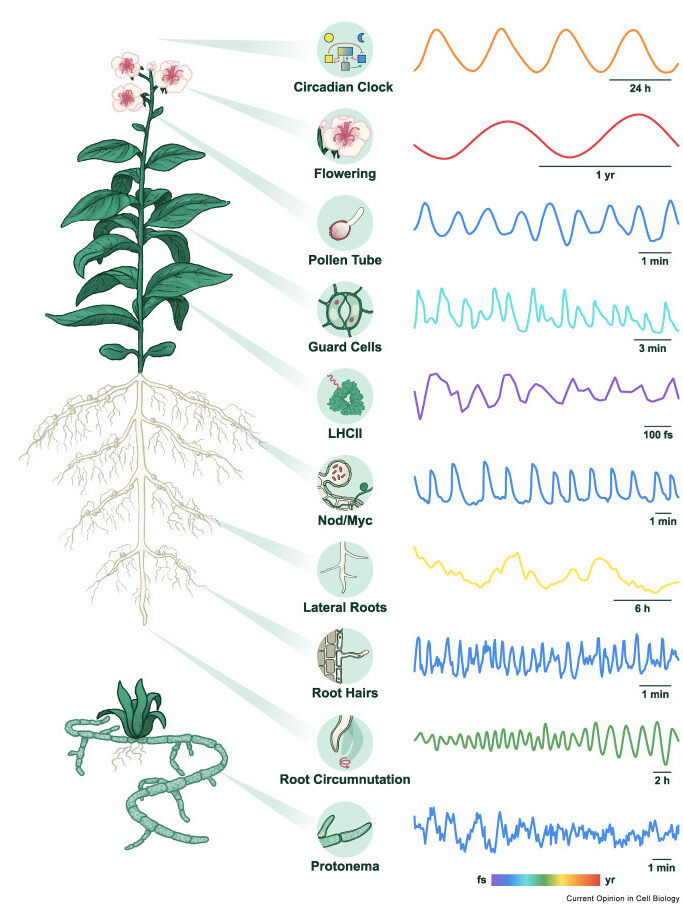

 Visualize This: The FlowingData Guide to Design, Visualization, and Statistics (2nd Edition)
Visualize This: The FlowingData Guide to Design, Visualization, and Statistics (2nd Edition)










